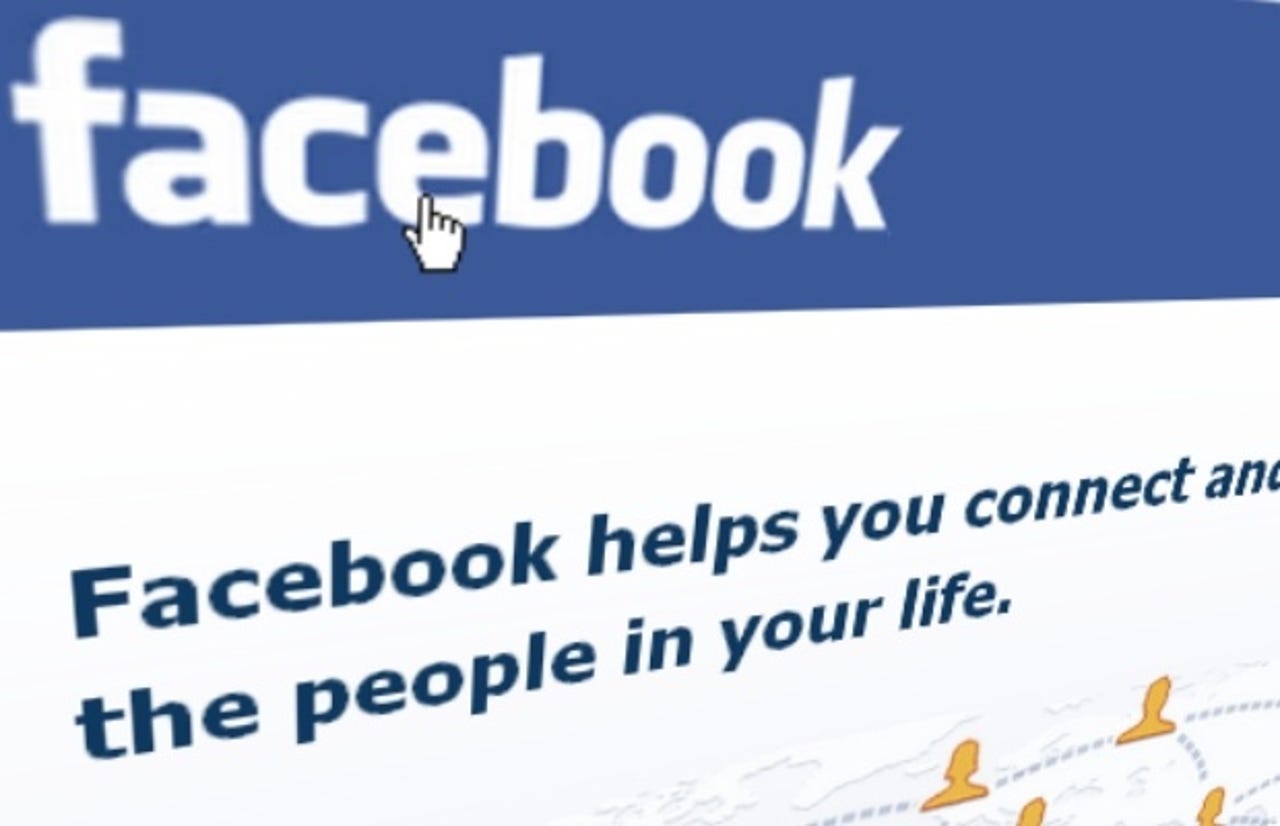Facebook wants to use lasers to deliver gigabit fibre speeds


Facebook is working on a prototype to test in the wild, and it's investigating the feasibility of a commercial product.
Instead of using radio or microwaves to transmit data wirelessly, Facebook has built a laser detector that delivers a connection with speeds of up to 2.1Gbps.
The Connectivity Lab at Facebook's internet.org believes its laser approach could, along with its drone tech, help connect the next four billion people, particularly those who live in remote and rural locations.
In a new paper, its researchers outline the technique they used, called free-space optical (FSO) communication, which can overcome radio and microwave spectrum constraints by expanding available spectrum by many orders of magnitude. They demonstrated that their bulb-shaped light collector, in combination with OFDM (orthogonal frequency division multiplexing), could transmit data at 2Gbps using just 100MHz of bandwidth.
DARPA sees huge potential in it for communications despite susceptibility to cloud and fog failures.
Facebook's detector doesn't overcome atmospheric obstacles but rather the challenges associated with precisely pointing a small laser beam at a tiny detector over long distances. This could be achieved with mechanical systems or increasing the size of the detector, however the tradeoffs are complexity and loss of throughput, respectively.
Facebook's team instead borrowed a technique used for harvesting solar light and applied that to data transmission, resulting in an omnidirectional light collector made from plastic fibre optics "doped" in fluorescent materials. The collector, which has a 126cm square surface, then focuses the beam into a smaller photodetector.
The collector absorbs blue light and emits green light. Facebook notes the fast speeds are possible due to a less than two nanosecond lapse between light absorption and emission.
"We demonstrated the use of fluorescent optical fibers that absorb one color of light and emit another color," says Tobias Tiecke, lead for the research project.
"The optical fibers absorb light coming from any direction over a large area, and the emitted light travels inside the optical fiber, which funnels the light to a small, very fast photodetector.
"The fact that these fluorescent optical fibers emit a different color than they absorb makes it possible to increase the brightness of the light entering the system.
"This approach has been used in luminescent concentrators for solar light harvesting, where the speed of the color conversion doesn't matter. We showed that the same concept can be used for communication to circumvent pointing and tracking problems while accomplishing very high speeds."
According to Tiecke, Facebook is working on a prototype to test in the wild, and it's investigating the feasibility of a commercial product.